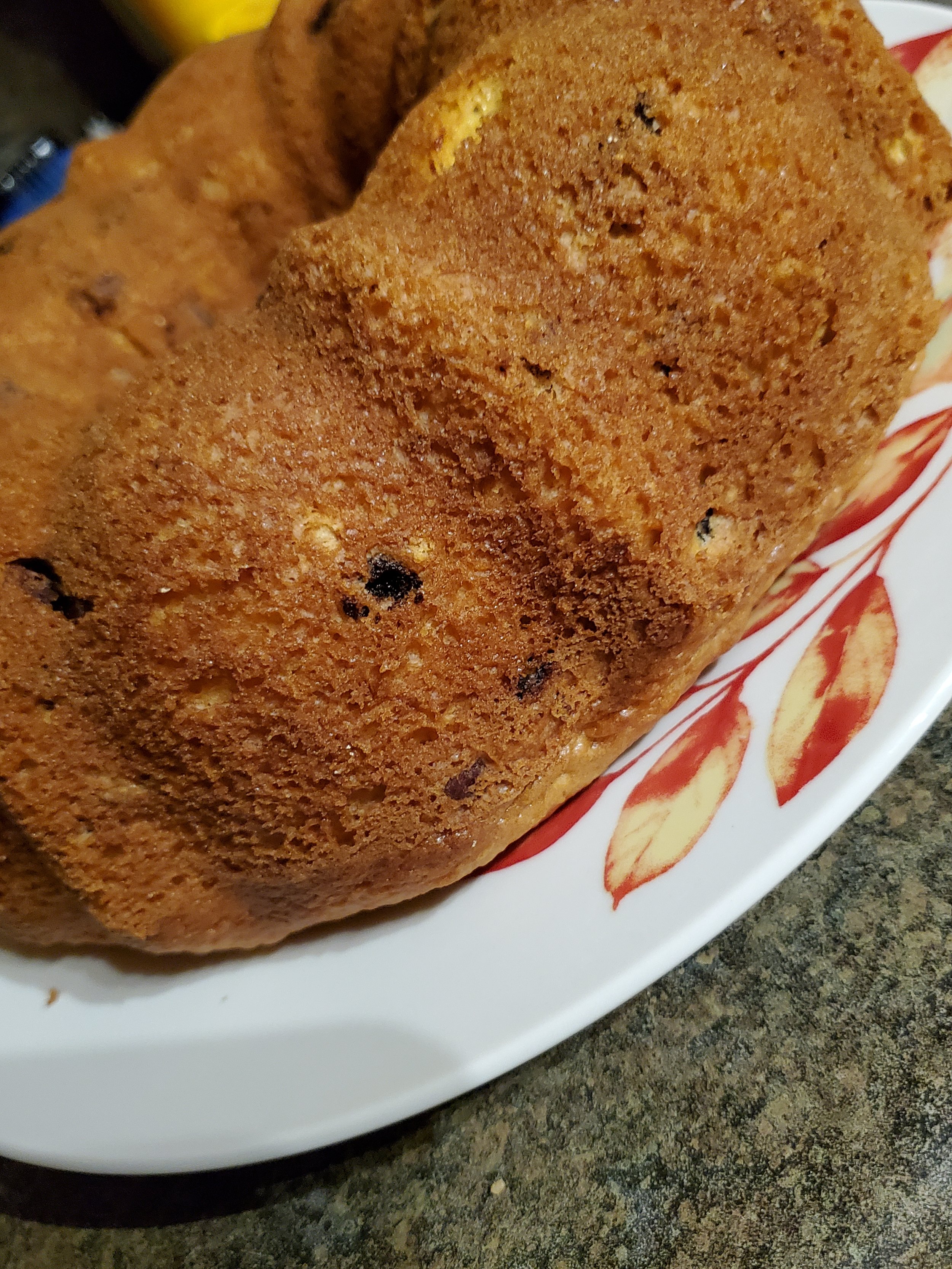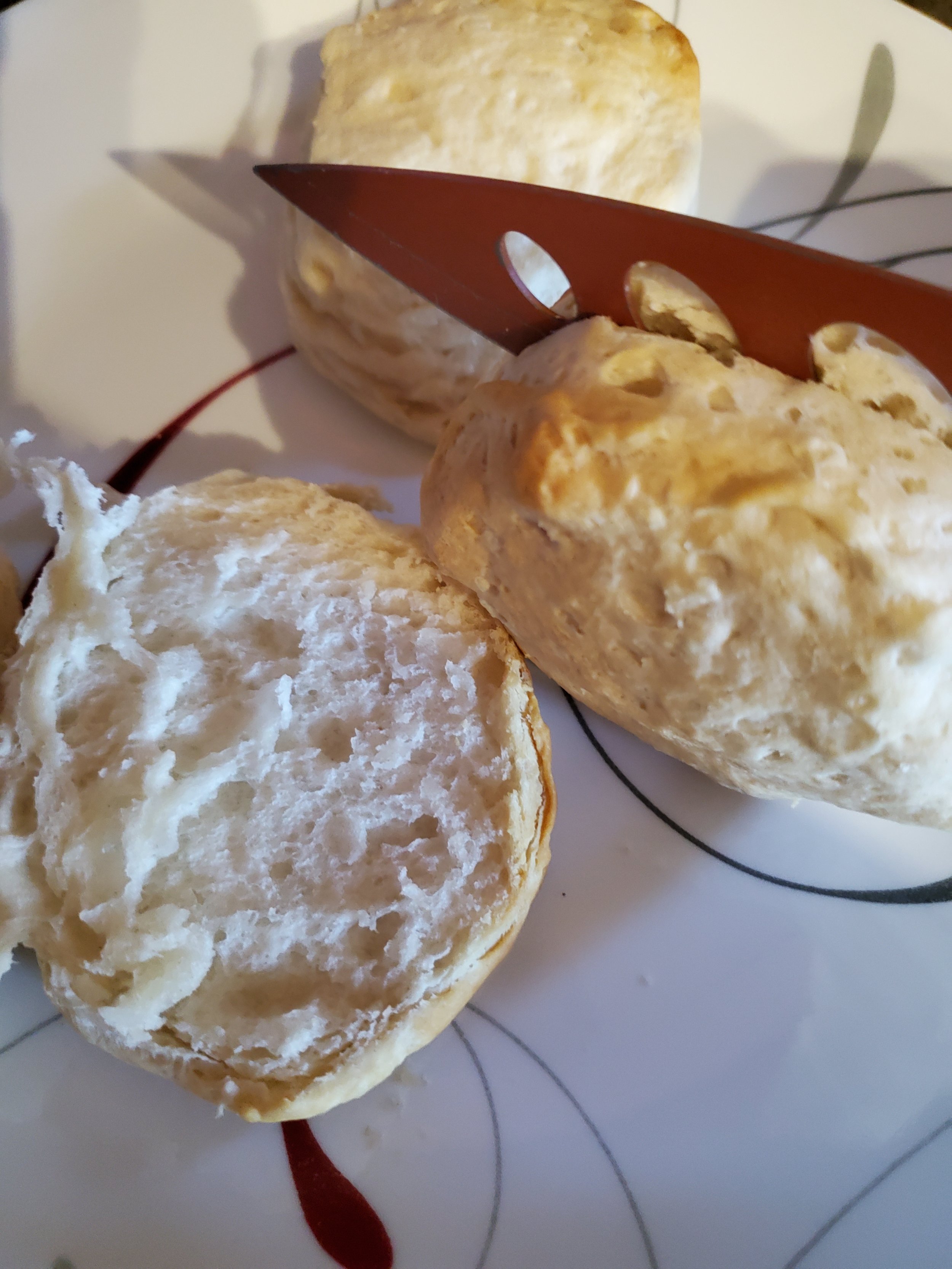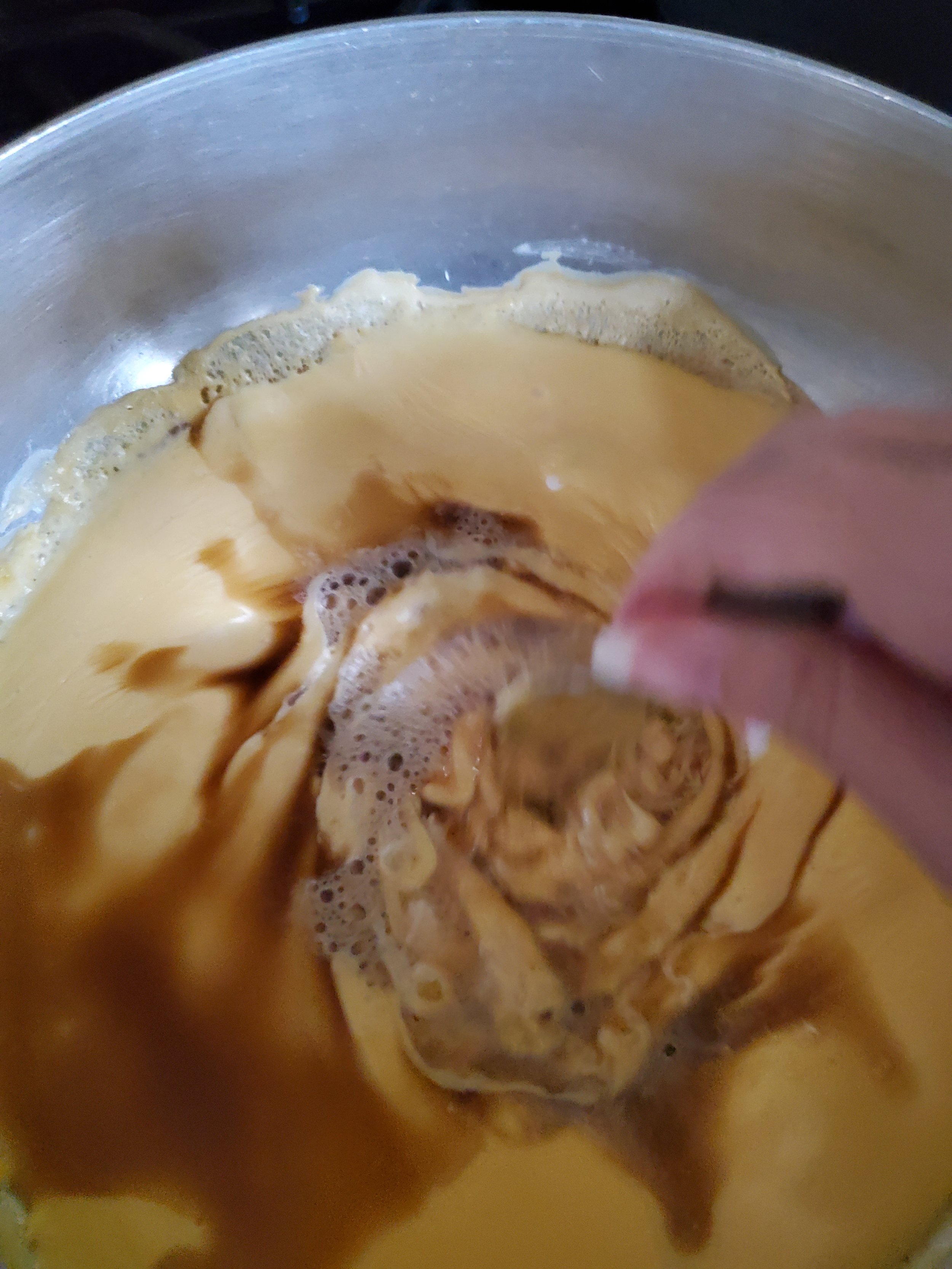It’s got lemon, cherry, and cranberry all rolled into a moist, delicious cake.
Thanksgiving is just around the corner and you're helping with desserts. Sure, you can go with the standard pies, apple, pecan and pumpkin. They're delicious, they're classics. What if you want something to knock people's socks off though. You really want to wow them with a beautiful cake, not another pie like Cousin Suzy is bringing. That's where this recipe comes in. Not only is it a wonderful blend of sweet and tart but it's also got a buttery texture that you're going to love. Plus, by using a bundt pan you can make it a very beautiful cake as well with minimal effort on your part.
We came up with this recipe after thinking about some of our favorite fall flavors and wondering how we could mix them together into something new. The tartness of cranberries was our starting point and we started working out from there, seeing what else paired well with it. The addition of the pudding mix, rather than just using lemon zest or extract ensures that the cake stays rich and moist.
Ingredients:
Cake:
1 box of yellow cake mix
3 eggs
1 cup of water
1/2 cup vegetable oil
1/2 box lemon pudding mix
1/2 cup chopped pecans plus extra for decorating.
1/2 cup dried cranberries
1/2 cup dried cherries
Icing:
1/2 box lemon pudding mix
3 cups of icing sugar (also known as powdered sugar)
1 cup of milk
3 tbsp of heavy cream
1 stick of softened butter
1 tsp of lemon zest OR 1 tsp of lemon extract
Start off by grabbing two large bowls, an electric mixer, a sieve and all of your ingredients. You'll need a bundt pan as well, but that's for later.
Set your oven to preheat at 350*F.
In one bowl, dump in the box mix and the pudding mix. Grab your sieve and slowly work through all of the material. The goal is to break down any clumps in the mix and also to introduce some air.
In the second bowl mix together your eggs, water and oil, slowly working your way up through the speeds on your mixer. Again, we're looking at introducing lots of air into the mix so feel free to go at it till it's well combined and frothy.
Now add the liquids to the dry stuff, going nice and slow at first with both the mixer and while pouring your liquids. Go too fast and we'll end up with egg mix all over the place. It's a pain to get out of your hair, ask us how we know.
Once you've got the two thoroughly mixed together, fold in the pecans, cherries and cranberries. These are going to sink some as you bake the cake, which is why we're using a bundt pan.
Now grab your bund pan and spray the inside with your choice of nonstick spray. We advise something light and tasteless, but you're welcome to get creative and see what you can come up. We wouldn't advise using shortening for this one both because of the curves and crevices of the bundt pan, and also because it's difficult to keep it from soaking into the cake once you flip it out.
Pour the batter into the cake pan and tap it lightly against the counter or a table. You want to work out any air pockets, without knocking all of the air out of the batter. Just once or twice is good enough to make sure that the batter is down into the groves of your pan of choice.
Toss that into the oven and bake it for 40 minutes. If when that time passes it's not fully cooked, put it back in for another two minutes. You'll want to check it at two minute intervals until a toothpick inserted into the middle comes out clean.
Now, while your cake is baking, let's make the icing.
Start off by cutting your butter into chunks and then attacking it with a hand mixer. You'll want to whip the butter until it's light and fluffy with soft peaks forming.
Once you've got it to that step, mix in the icing sugar, pudding mix and the lemon additive of your choice. Mix until everything is incorporated.
Add in the cream next and mix until the sugar is fully dissolved or the cream is fully absorbed.
If the sugar is still grainy you can add in the milk a little at a time until you attain the texture that you want. Once you've got that, chill the icing until the cake is done.
When your cake is done baking remove it from the oven, and leave it in the pan until it's cool. Once it's cool you can flip it out onto a plate and spread icing over it. We like doing some around the top and letting it spread how gravity takes it and then also pouring some around the bottom edge so that you can crust it with chopped pecans.
There you go one delicious, seasonal dessert that everyone will love and try to figure out how you did it.
If you decide to make this for Thanksgiving, let us know! We'd love to see how yours turns out over on our Facebook page. We'd also love to hear about any changes you decide to make to the recipe.
From our home to yours, we hope you all have a wonderful Thanksgiving.












